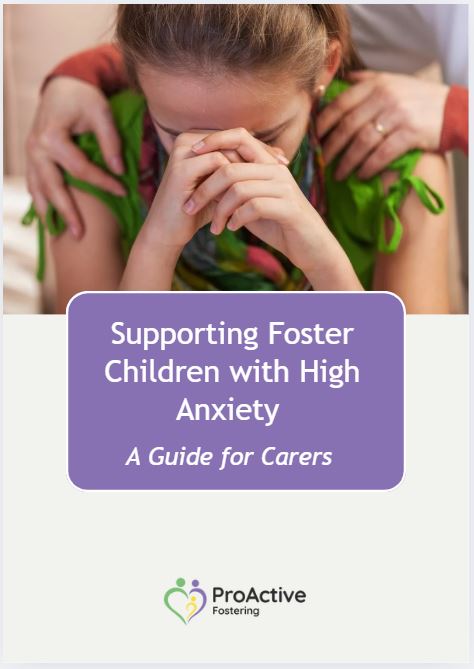
Discover practical strategies to help children feel safe, secure, and supported.
Click the blue button below to Download the Guide
For foster children, anxiety isn’t just a passing emotion—it’s a learned response to instability and fear. By building trust and creating a safe, predictable environment, you can help them begin to heal.
Caring for a Highly Anxious Foster Child Can Feel Overwhelming
Foster children often experience deep-rooted anxiety due to past trauma, instability, and uncertainty about the future. This anxiety can show up in many ways—difficulty sleeping, emotional outbursts, withdrawal, or struggles with school and friendships.
For children in care, anxiety is more than just nervousness—it’s a survival response. Their brains remain in a constant state of high alert, expecting the next disruption or rejection.
If these questions sound familiar, you’re not alone. This guide will help you understand anxiety in foster children and provide simple, effective strategies to support them.
Why Do Foster Children Experience Such High Levels of Anxiety?
Many foster children have faced multiple losses, instability, and trauma—all of which contribute to heightened anxiety.
Key Triggers That Fuel Anxiety:
Many foster children operate in survival mode, making it difficult for them to relax, engage, or believe that they are truly safe.
In this downloadable resource, you’ll learn:
Click the blue button below to Download the Guide
Our goal is to enhance quality of life for everyone with a compelling emphasis on the benefits of healthy, therapeutic relationships.